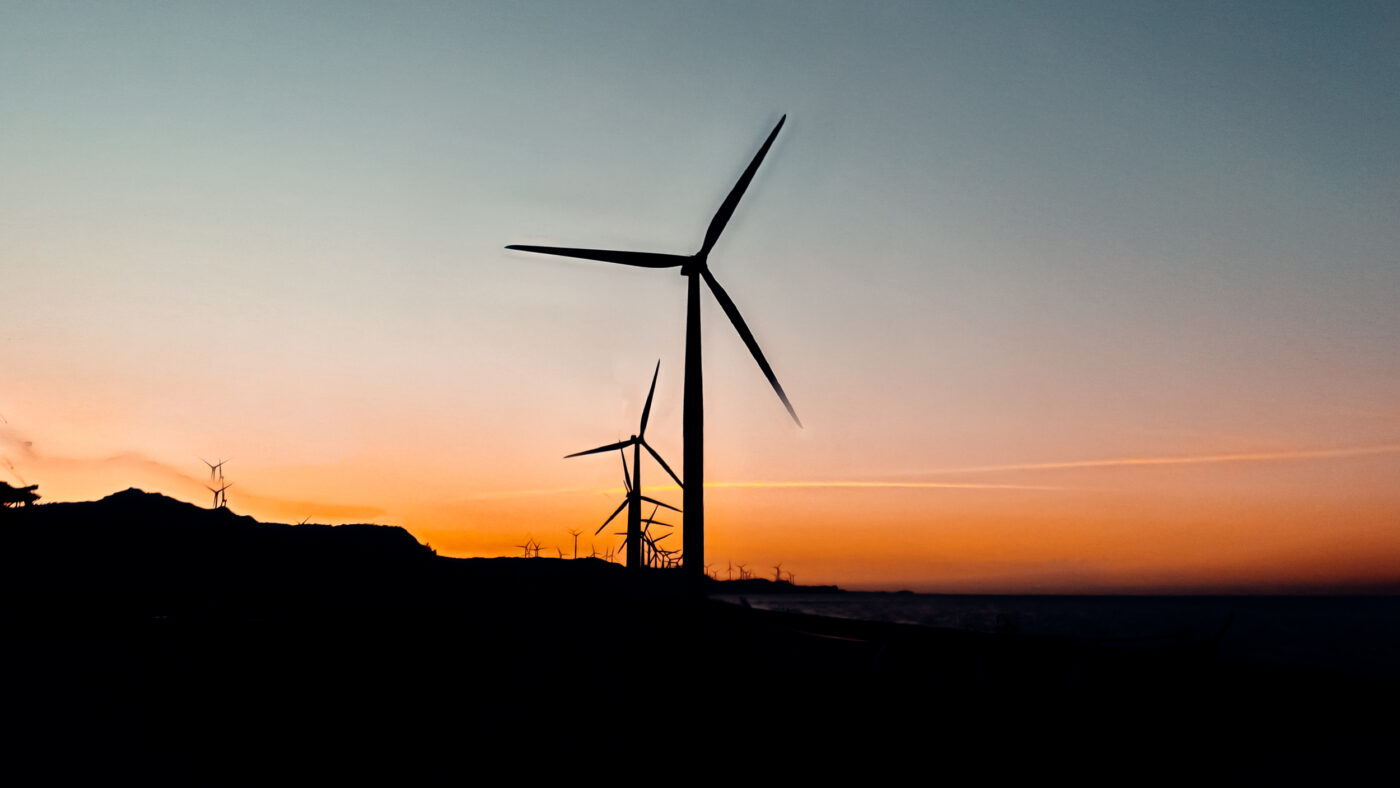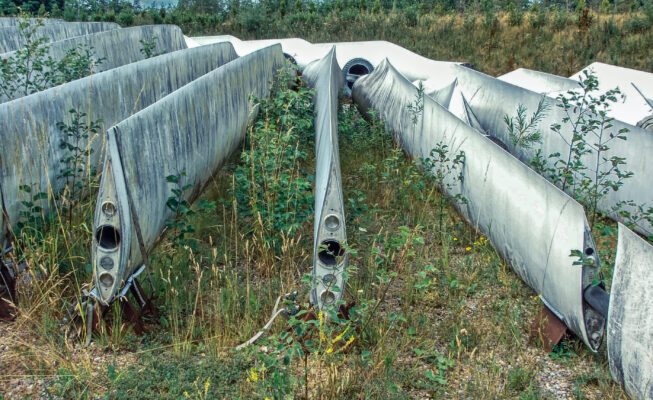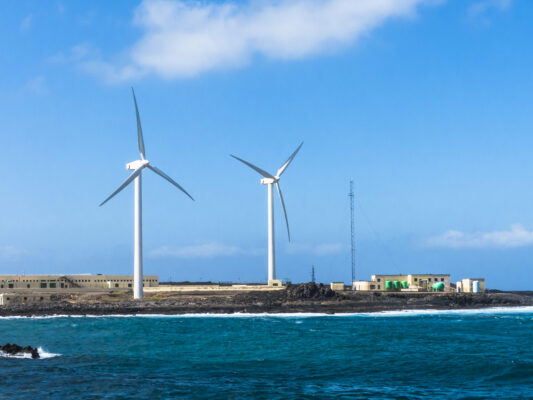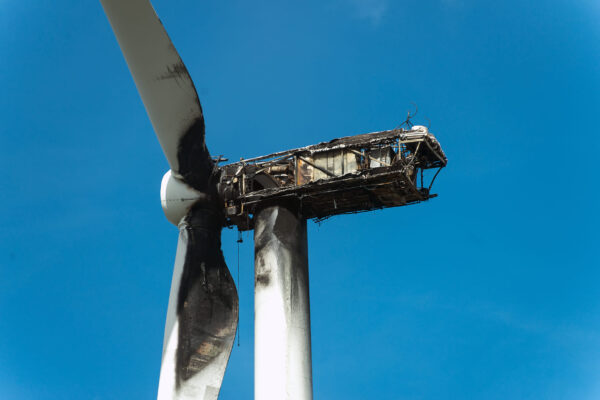Europe’s oldest wind farms are typically situated in areas with the most optimal wind conditions. This makes repowering particularly valuable, as modern turbines can produce significantly more electricity in these locations. Since 2002, Europe has experienced a massive increase in wind energy capacity, going from 6 GW to 255 GW in 2022. WindEurope, an industry body, anticipates that wind farms operational for 20 years or more will grow from 14 GW to 78 GW by 2030. This opens up a vast opportunity for repowering.
Repowering can be full, replacing all existing components, or partial, where only certain key components are replaced. The latter is often a more cost-effective solution that leverages existing infrastructure.
The benefits of repowering
Here are a few potential upsides to repowering:
- Increased power output: On average, repowering a wind farm can triple its electrical generation.
- Cost savings: Maintenance costs go down thanks to modern turbines being more reliable and requiring less frequent servicing.
- Reduced environmental impact: Today’s wind turbines are far more advanced than their predecessors, which means fewer has to be used to capture the same amount of energy. And if strategically placed, this further reduces their visual and environmental impact.
- Grid integration: Newer models integrate more efficiently into the electrical grid, further streamlining operations and reducing costs.
- Employment: Repowering preserves jobs in the local community.
- Sustainability: The industry is nearing the 100% recyclability mark for wind turbines, making repowering an even more sustainable option.
Source: Wind Europe
Case studies
The Krusemark-Ellingen wind farm, repowered by RWE in Saxony-Anhalt, Germany, serves as an excellent example. Its repowering led to a capacity increase from 15.7 MW to 19.8 MW, using more efficient turbines that can operate under a broader range of conditions.
Similarly, Windplan Groen in the Netherlands provides another compelling example. Originally consisting of 98 turbines with a combined capacity of 168 MW, the farm is undergoing a transformation. It will soon feature 86 new turbines that will elevate its total capacity to approximately 500 MW.
Permits: a bottleneck in repowering
Although repowering offers numerous advantages, its adoption rate is below 10%, mainly due to permitting hurdles. However, steps are being taken to accelerate the process. Initiatives like Germany’s Federal Emmission Control Act and EU emergency regulations are designed to accelerate this, enabling wind farms to capitalize on repowering opportunities.
The road ahead
As technology continues to advance and regulatory frameworks adapt, repowering will likely become an increasingly common practice. The concept has garnered widespread approval, not just from plant operators who see the operational benefits, but also from local communities and municipal governments who recognize the environmental and economic advantages of optimizing existing wind energy assets.



